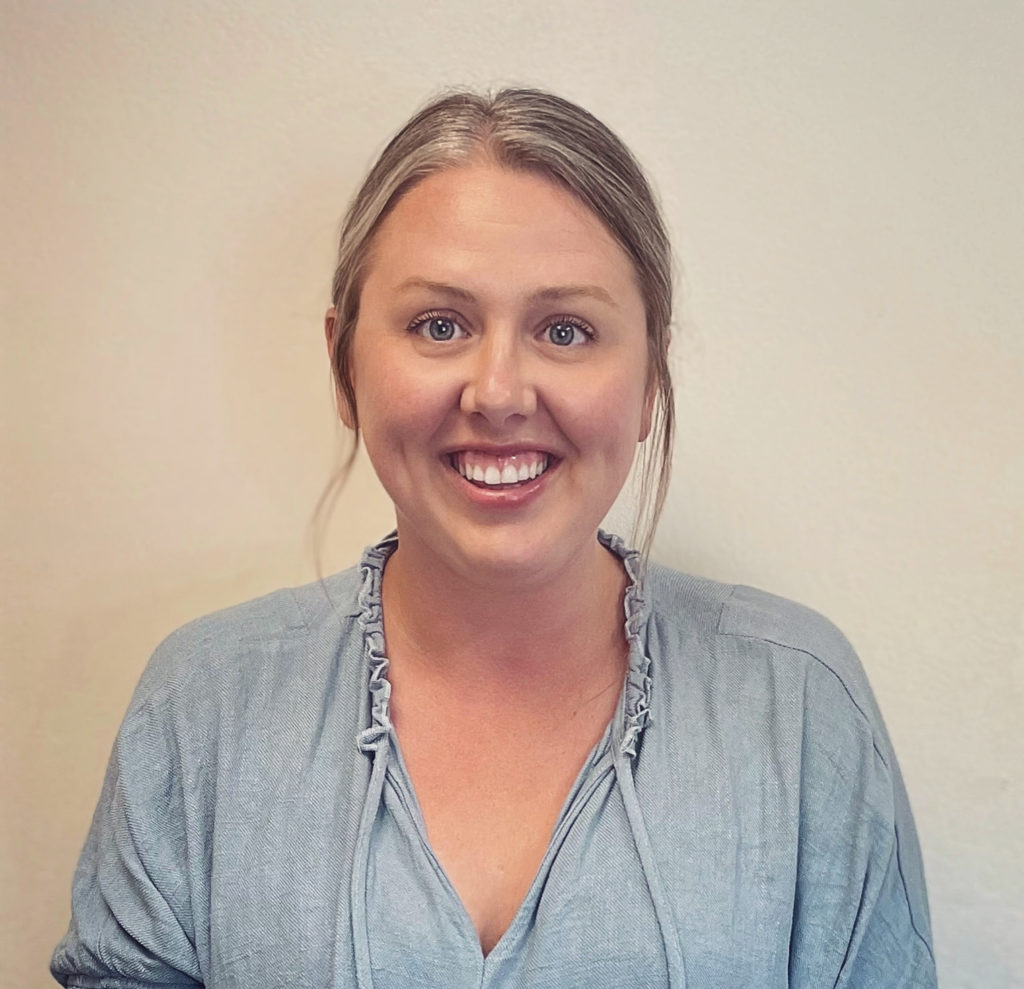The Open House for the Turtle Lake property was on Monday, October 31st. Click here to watch a short video produced by Bob Metoxen, St. Croix Tribal Member. Thank you to Tribal Council for allowing staff time off to tour the property.
Below is an article that will be featured in The Leader newspaper the week of 11/15/2022:
On Monday, October 17th, the St. Croix Chippewa Indians of Wisconsin (the “Tribe”) closed on a property located at 361 175th Avenue, Turtle Lake, Wisconsin, 54889. The property contains a 7300+ square foot, 5 bed, 4 bath home, 831 acres of land, an equestrian building with stables, 2 private lakes (Sugarbush and Snake), and 20+ miles of trails.
The Tribe’s new property is approximately eight miles from the existing Round Lake community in Luck, Wisconsin. To compare, the Round Lake reservation is comprised of 834 acres of trust land (held by the United States government for the Tribe) and 40 acres of fee land (privately owned by the Tribe). This new piece of property in Turtle Lake, Wisconsin, is the largest, single land acquisition in the Tribe’s history.
The St. Croix Tribal Council, compromised of Chairman William Reynolds, Vice-Chairman Thomas Fowler, Secretary/Treasurer Richard Benjamin, Representative Georgia Cobenais, and Representative Conrad St. John, hope this piece of property can become a multi-use space for healing and wellness. The current plan is to utilize the property for long term healing and wellness for Tribal members and descendants battling drug or alcohol addictions. Current treatment centers are missing the mark for Anishinaabe people, as they are often too short in duration and fail to include cultural components.
Additionally, the natural resources within the property will provide immense benefit to the St. Croix people.
“We are here to take care of the land, and that’s what we should do,” said Thomas Fowler, “A house is a house, but it’s the land that the house sits on that’s important. This property is going to open up a lot for us culturally.”


Leave a Reply